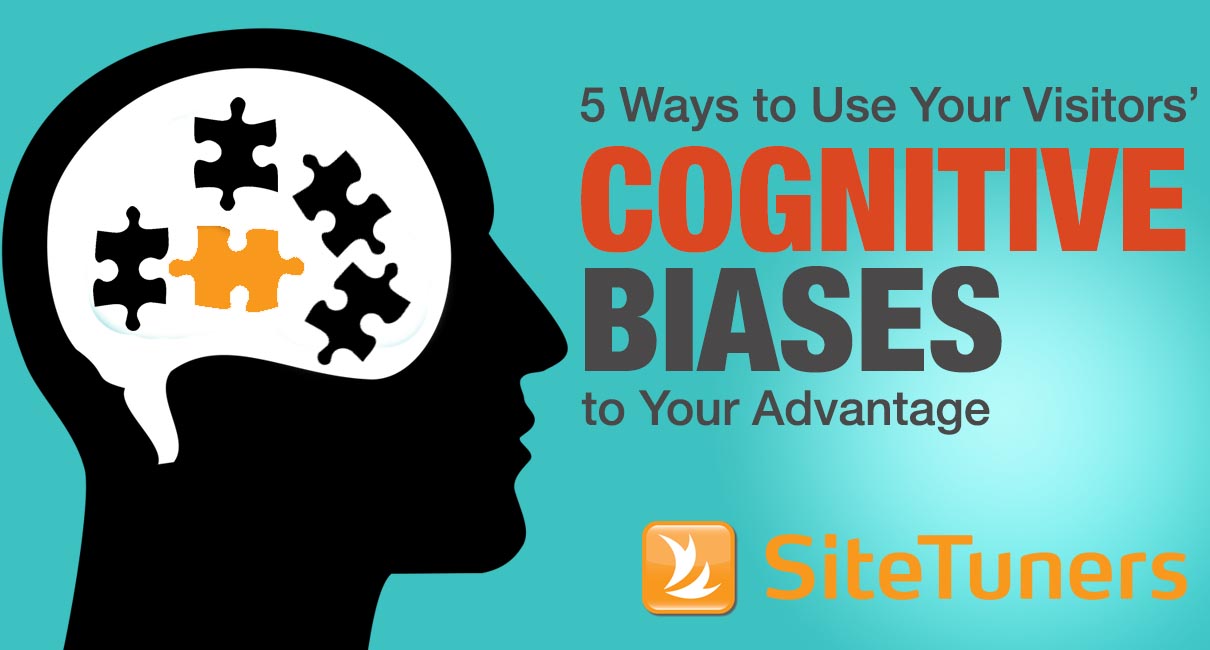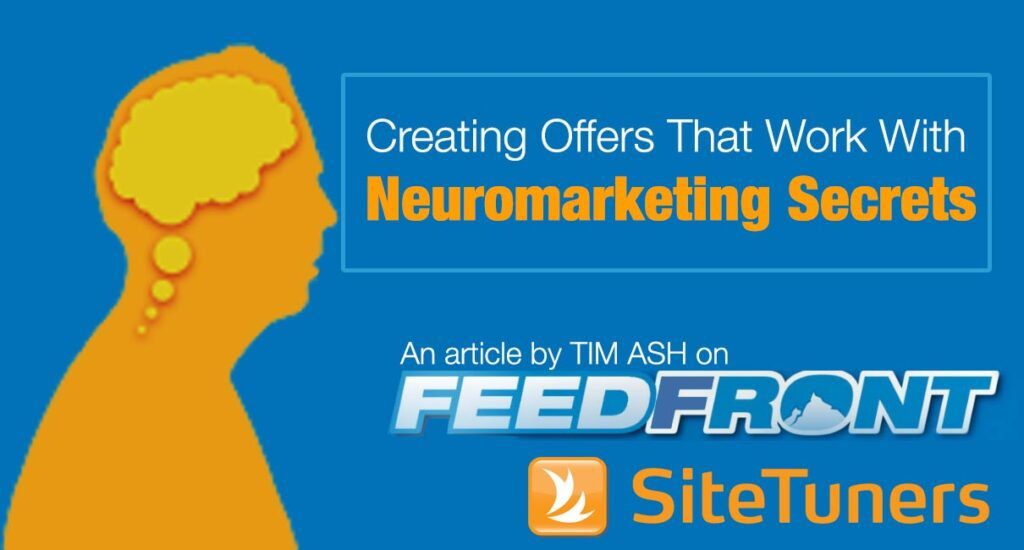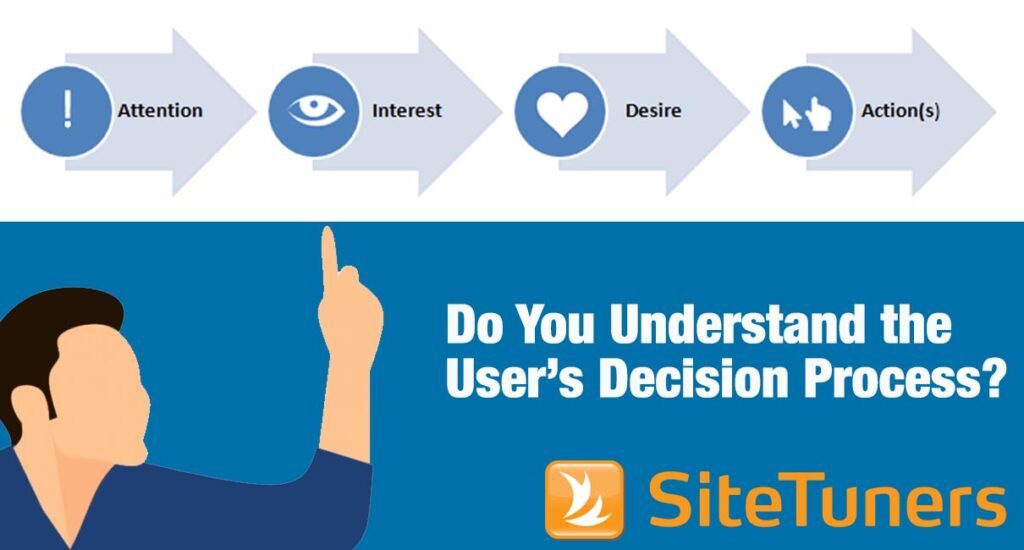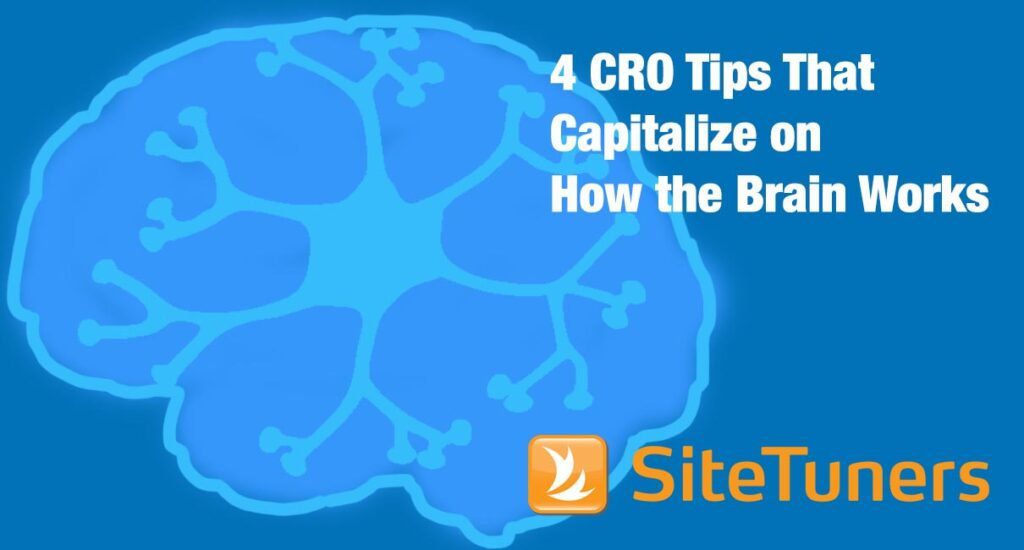
Cognitive biases – we all have them quietly working behind the scenes, shaping how we view the world. From jumping to a faulty conclusion without having all the facts to rationalizing a decision after it has been made, the human brain has an entire toolkit of ways it processes information that makes each person see things a little differently. Even people who think of themselves as totally rational and logical individuals have cognitive biases at work, continuously distorting how they perceive things. In fact, some cognitive biases are so widespread that you can actually expect most of your web visitors to have them. And this can be very useful to you as a marketer.
Here are five cognitive biases that you can leverage to increase conversion rates and make your website more effective.
The Von Restorff Effect
According to the Von Restorff Effect, items that are especially distinctive and stand out are more likely to be remembered than items that blend in with their background. This is why so many students highlight key points in their textbooks when studying: they’ve learned that it is easier to remember the information that is highlighted because it stands out from the rest of the text. This principle is not only applicable when you are reviewing for finals, however – it also can have a big effect on conversion rates.

Similarly, consider any specific facts you want potential customers to remember. Maybe you have great stats on the success rates of customers who have used your product or service. Use fonts, colors, and formatting to draw your visitor’s eye and make the info stand out. According to the Von Restorff Effect, doing so will help customers remember this information and, if you\’ve done your job well, increase the likelihood they will convert. Be sure to use some sort of attention heat map tool like AttentionWizard to ensure you get the visual emphasis just right.
The Serial Position Effect

Do you put client logos on your website? Do you organize your features and benefits into bulleted lists? Chances are you tend to list things in order of priority, with the most important up top and descending in importance as the reader moves down the list. You probably didn’t know that many studies have been able to plot a curve that shows how well people remember items on a list. The results are always the same: the memory high points are at the beginning and end of the list, and the lowest points are in the middle. So reorganize those logos and lists, putting the most significant portions of information at the beginning and the end. The things in the middle may be quickly scanned over, but positioning your key items first and last will help focus your customers\’ attention on what\’s most important.
The Framing Effect
People react to a particular choice in different ways, depending on whether a specific option is presented as positive or negative. This is called framing. For example, college students threatened with a late fee will more inclined to register for their graduation on time than those enticed by an early registration discount. This type of psychological effect can influence everything from decision-making about graduation gowns to whether or not defendants accept plea bargains in the court room. It also influences the probability of people converting on a web page.

The Picture Superiority Effect

Not only do people remember visual input better, but they also process visual information 60,000 times faster than text. This puts some pressure on you as a marketer to get the image just right. Don’t think of your imagery as a design element – think of it as a communication vehicle. Know that your images are communicating more than your text is, cementing themselves into your visitors’ brains as a concrete concept. Also remember that your images are not only giving your visitors their very first pre-conscious impression of your site, but will also be the lasting memory that stays with them longer than any headline, copy, or call-to-action text.
The Bandwagon Effect

Social media is prime real estate for putting the bandwagon effect to work to your advantage. When people see that their friends like a certain page, they will be more inclined to like the page as well. But even on your website you can leverage the bandwagon effect by proudly displaying how many customers you’ve served, by showing ratings and reviews, and by putting social share buttons with counters on your blog posts and event registration pages, showing how popular they’ve become with other readers.
Selling to the Brain
At its core, conversion optimization is all about psychology – convincing an individual to perceive your company in a certain way and to make a decision to do business with you. Make sure you understand how people think and what motivates them in their decision-making and leverage that knowledge to optimize your marketing.
This article originally appeared in Tim’s ClickZ column June 10, 2014
Work with the best!Kickstart your optimization with a 90-minute Website Review from the pioneers in conversion rate optimization. Our CRO experts at SiteTuners can help diagnose your website from a conversion and usability perspective. |


